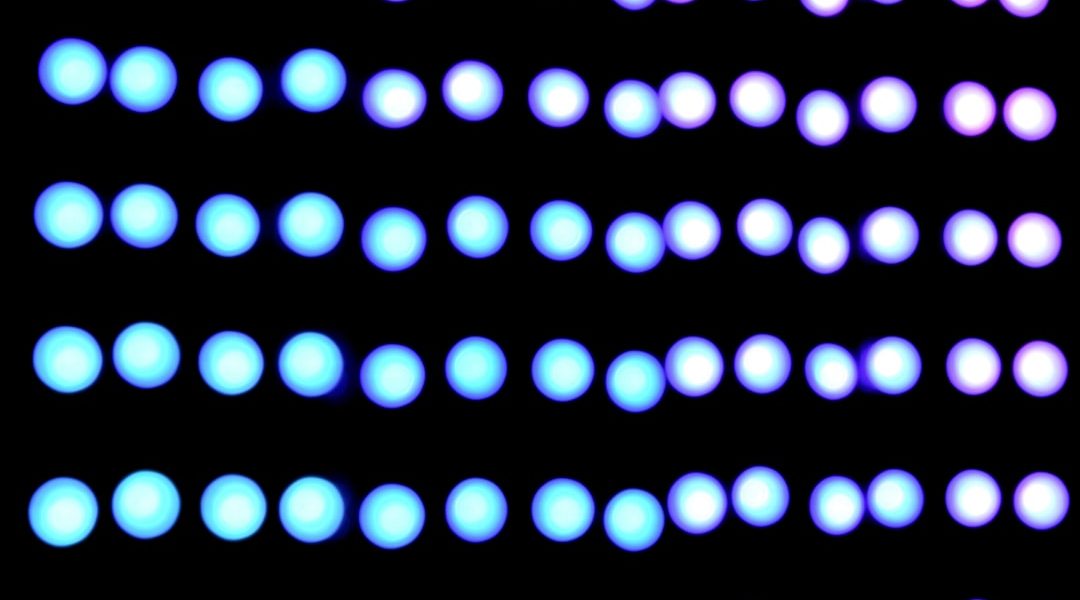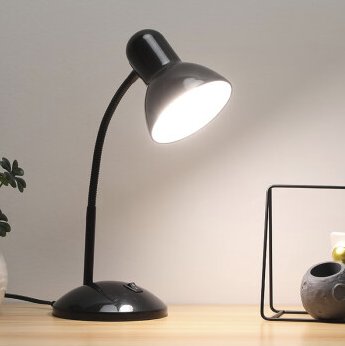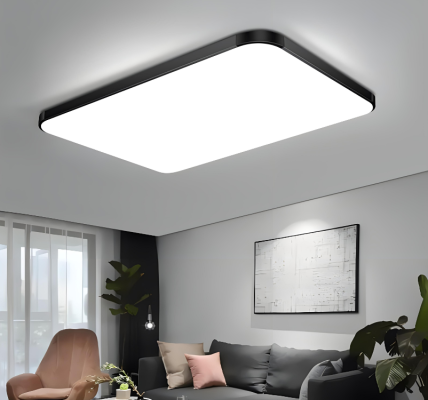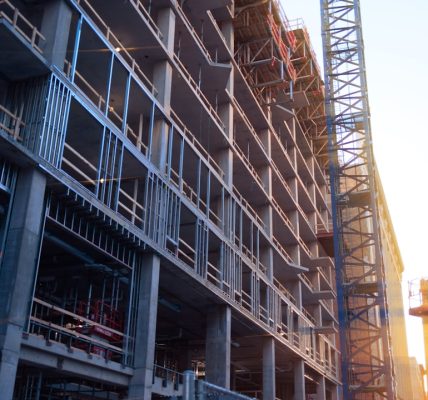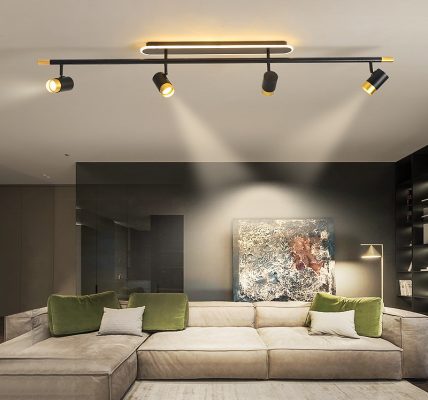Flashlights have come a long way since their inception in the late 19th century. The earliest flashlights were large, bulky, and often unreliable, using incandescent bulbs and large batteries. Over time, advancements in technology and materials have led to the development of sleek, compact, and powerful flashlights that are a far cry from their predecessors.
One of the most significant advancements in flashlight design has been the transition from incandescent bulbs to light-emitting diodes (LEDs). LEDs are more energy-efficient, longer-lasting, and produce a brighter light than traditional incandescent bulbs. This shift has allowed for the creation of smaller, more powerful flashlights that are capable of producing a high-intensity beam of light. Additionally, the use of lightweight materials such as aluminum and titanium has made modern flashlights more durable and easier to carry.Ccovv
Another key development in flashlight design has been the integration of rechargeable batteries. Early flashlights relied on disposable batteries, which were not only costly but also harmful to the environment. The introduction of rechargeable lithium-ion batteries has allowed for the creation of flashlights that can be easily recharged using a USB cable, making them more convenient and sustainable. These advancements have transformed flashlights from bulky, unreliable tools into sleek, powerful devices that are essential for a wide range of applications.
Cutting-Edge Technology: The Features of Modern Flashlights
Modern flashlights are equipped with a range of cutting-edge features that make them versatile and practical tools for a variety of uses. One of the most notable features of modern flashlights is their adjustable beam settings. Many flashlights now offer multiple beam settings, allowing users to adjust the intensity and spread of the light to suit their specific needs. This feature is particularly useful for outdoor activities such as camping, hiking, and hunting, where different lighting conditions may require different beam settings.
Another important feature of modern flashlights is their water and impact resistance. Many flashlights are now designed to withstand harsh conditions, including heavy rain, extreme temperatures, and accidental drops. This makes them ideal for outdoor use and ensures that they can withstand the rigors of everyday use. Additionally, modern flashlights often come with built-in safety features such as overheat protection and low-battery indicators, providing users with peace of mind and ensuring the longevity of the flashlight.
Furthermore, modern flashlights often include additional functions such as strobe modes, SOS signals, and built-in power banks for charging other devices. These features make modern flashlights invaluable tools for emergency situations and outdoor adventures. With their advanced technology and practical features, modern flashlights have become essential items for anyone in need of reliable and versatile lighting.
The Importance of Durability and Longevity in Flashlight Design
Durability and longevity are crucial factors in flashlight design, especially for those who rely on their flashlights in demanding environments. Modern flashlights are built to withstand the rigors of everyday use, making them durable and long-lasting tools that can be relied upon in any situation. The use of high-quality materials such as aircraft-grade aluminum and impact-resistant polycarbonate ensures that modern flashlights can withstand drops, impacts, and harsh weather conditions without compromising their performance.
In addition to their physical durability, modern flashlights are also designed to be long-lasting in terms of their battery life. The integration of energy-efficient LEDs and rechargeable lithium-ion batteries has significantly extended the runtime of modern flashlights, allowing them to provide hours of continuous illumination on a single charge. This is particularly important for outdoor enthusiasts, emergency responders, and anyone who relies on their flashlight for extended periods of time.
Moreover, many modern flashlights are designed with user-replaceable components such as bulbs and batteries, allowing users to easily maintain and repair their flashlight as needed. This not only extends the lifespan of the flashlight but also reduces waste and promotes sustainability. By prioritizing durability and longevity in their design, modern flashlights have become reliable tools that can be depended upon in any situation.
Eco-Friendly Options: Rechargeable and Solar-Powered Flashlights
As environmental awareness continues to grow, there has been a shift towards eco-friendly options in flashlight design. Rechargeable flashlights have become increasingly popular due to their sustainability and cost-effectiveness. These flashlights can be easily recharged using a USB cable or a charging dock, eliminating the need for disposable batteries and reducing waste. This makes them an environmentally friendly choice for anyone looking to minimize their carbon footprint.
Another eco-friendly option in flashlight design is the use of solar-powered technology. Solar-powered flashlights are equipped with built-in solar panels that harness sunlight to recharge their batteries. This renewable energy source makes them an ideal choice for outdoor enthusiasts and emergency preparedness kits. Solar-powered flashlights are not only environmentally friendly but also provide a reliable source of light in remote locations where access to electricity may be limited.
Furthermore, many manufacturers are now incorporating recycled materials into the construction of their flashlights, further reducing their environmental impact. By offering eco-friendly options such as rechargeable and solar-powered flashlights, manufacturers are catering to the growing demand for sustainable products while providing consumers with reliable and practical lighting solutions.
Tactical and Outdoor Use: How Modern Flashlights are Meeting the Demands
Modern flashlights have been specifically designed to meet the demands of tactical and outdoor use, making them essential tools for law enforcement, military personnel, outdoor enthusiasts, and anyone in need of reliable illumination in challenging environments. Tactical flashlights are characterized by their rugged construction, high-intensity beams, and versatile features that make them well-suited for law enforcement and military applications.
One key feature of tactical flashlights is their compact size and lightweight design, allowing for easy carry and maneuverability in high-stress situations. Many tactical flashlights also feature a strobe mode, which can disorient an attacker or signal for help in an emergency. Additionally, some tactical flashlights are equipped with weapon mounts or remote pressure switches, allowing them to be used in conjunction with firearms for added versatility.
For outdoor enthusiasts, modern flashlights offer a range of features that make them indispensable tools for camping, hiking, hunting, and other outdoor activities. Many outdoor flashlights are designed with long-range beams, multiple brightness settings, and durable construction to withstand the elements. Some models also include red or green light modes for preserving night vision or attracting less insects.
With their rugged construction, high-performance features, and versatility, modern flashlights have become essential tools for anyone who requires reliable illumination in tactical or outdoor settings.
The Role of Modern Flashlights in Emergency Preparedness

Flashlights play a crucial role in emergency preparedness by providing a reliable source of light during power outages, natural disasters, and other unforeseen events. Modern flashlights are designed with a range of features that make them invaluable tools for emergency situations. One such feature is their long battery life, which ensures that they can provide hours of continuous illumination when access to electricity is limited.
Many modern flashlights also include additional functions such as strobe modes, SOS signals, and built-in power banks for charging other devices. These features make them essential tools for signaling for help or providing emergency lighting in critical situations. Furthermore, some models are equipped with water-resistant or floatable designs, making them suitable for use in flood or water-related emergencies.
In addition to their practical features, modern flashlights are also designed to be compact and lightweight, making them easy to store in emergency kits or carry during evacuations. This ensures that they can be readily accessed when needed most. By providing a reliable source of light during emergencies, modern flashlights play a vital role in ensuring the safety and well-being of individuals in times of crisis.
The Future of Flashlights: Advancements and Innovations on the Horizon
The future of flashlights is bright with advancements and innovations on the horizon that promise to further enhance their performance and versatility. One area of advancement is the integration of smart technology into flashlights. Smart flashlights may include features such as Bluetooth connectivity, GPS tracking, and programmable settings that allow users to customize their lighting experience.
Another area of innovation is the development of advanced power sources such as fuel cells or kinetic energy harvesting systems. These technologies have the potential to significantly extend the runtime of flashlights while reducing their environmental impact. Additionally, advancements in materials science may lead to the creation of even lighter yet stronger flashlight designs that are more resistant to impacts and harsh conditions.
Furthermore, advancements in LED technology may lead to even brighter and more energy-efficient light sources that further enhance the performance of modern flashlights. This could result in flashlights with longer beam distances and improved color rendering capabilities. With these advancements on the horizon, the future of flashlights looks promising as manufacturers continue to push the boundaries of innovation in pursuit of creating even more reliable and versatile lighting solutions.
In conclusion, the evolution of flashlights from bulky to sleek has been driven by advancements in technology and materials that have transformed them into essential tools for a wide range of applications. Modern flashlights are equipped with cutting-edge features that make them versatile and practical tools for tactical use, outdoor activities, emergency preparedness, and everyday use. With a focus on durability, longevity, eco-friendly options, and innovative advancements on the horizon, it is clear that modern flashlights will continue to play a vital role in providing reliable illumination for years to come.

